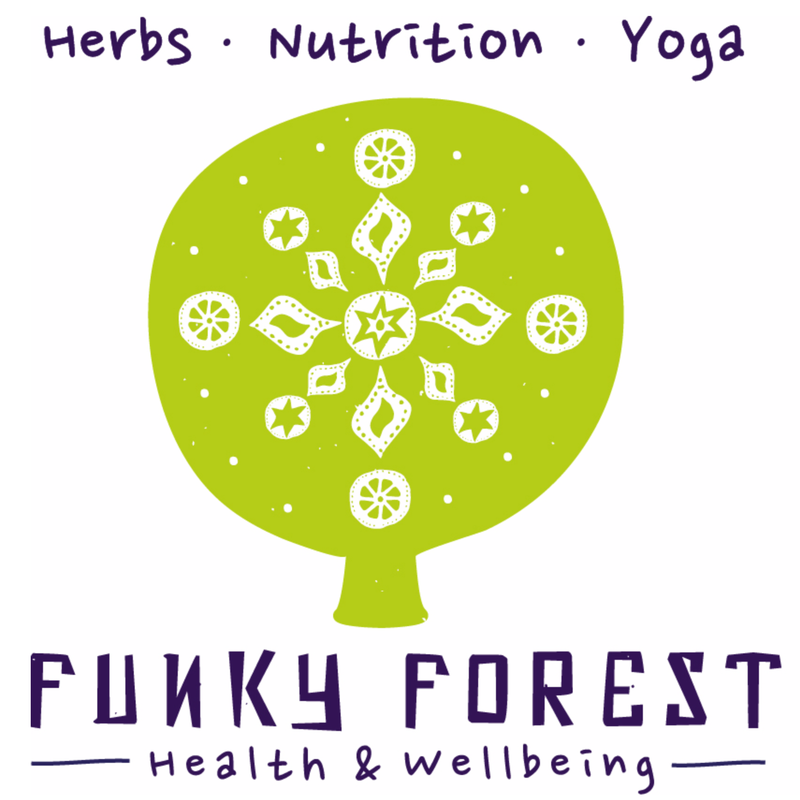Labneh is a wonderful addition to any autumn meal, or just as a moreish snack with crackers and veggie sticks to keep you powering through a chilly afternoon. It's irresistably deliciously creamy, salty and tangy. It also makes a beautiful gift for friends and family, and as you make it you can infuse it with your loving energy!
|
Autumn is traditionally a time to make fermented foods, jams and preserves for winter. Around this time of year we begin to enjoy warming, comforting autumn meals like soups, stews, and any slow cooked foods with seasonal root vegetables.
Labneh is a wonderful addition to any autumn meal, or just as a moreish snack with crackers and veggie sticks to keep you powering through a chilly afternoon. It's irresistably deliciously creamy, salty and tangy. It also makes a beautiful gift for friends and family, and as you make it you can infuse it with your loving energy! Kefir is the new (and very ancient) kid on the trendy healthy food block. Fermented foods have been an important part of the diet in many parts of the world for more than 5000 years. Fermented milks, like sourdough bread, pickled vegetables and properly brewed beer, are just one of those traditional foods now missing from the standard western diet, much to our detriment. Most of the food we eat nowadays has been mass-produced in the most rapid and cost-effective way possible, meaning we miss out on a lot of good bacteria present in natural whole foods. Hello allergies, chronic fatigue and depleted immune systems! You could benefit from re-introducing some of these wonderful foods back into your diet, so read on to find out more about the new kid on the block, KEFIR. What is kefir? Kefir is a cultured milk product, very similar in taste to yoghurt. However, you can also make many yummy vegan forms of kefir, as it can be successfully made from the milk of nuts, seeds or coconut, or cereal grains. Vegans can also make a non-dairy kefir using sugar water mixed with citrus and dried fruit. Kefir can be used as a direct substitute for yoghurt in a variety of food products and dishes. It is easier to make than yoghurt. What’s the difference between kefir and yoghurt? Both traditional yoghurt and kefir are fermented (cultured) dairy products that offer a good source of calcium, B vitamins, potassium and protein. As a result of the fermentation process, both have a tart, slightly acidic flavour, and both contain enzymes that break down lactose, the principal sugar in milk. Therefore kefir and yoghurt are usually well-tolerated by lactose-intolerant people, of which about three quarters of the world’s population is! Yoghurt is made by culturing fresh milk (previously boiled and cooled) with a bacteria starter. The starter, usually containing two or three beneficial bacteria, comes from a previously made batch of yoghurt. Yoghurt must ferment in an environment warmer than normal room temperature, for a fairly specific amount of time (about 8 to 16 hours), in order to develop properly. The culture bacteria in yogurt have only a limited lifespan and must be renewed regularly with new culture. In contrast, kefir is made by culturing fresh milk with live kefir grains. These grains are actually colonies of more than 30 bacteria and yeasts that are bound together in a stable, symbiotic relationship. Kefir ferments at room temperature, and has a wider range of acceptable fermentation periods (from about 12 hours to two days). Kefir grains stay alive and robust indefinitely. They also grow in size and number during the fermentation process. After the milk is fermented, the grains are filtered out and added to new milk for another batch of kefir. What’s so good about kefir? Yoghurt introduces beneficial bacteria into the intestines. Unfortunately, this effect is transitory and requires eating yoghurt daily to maintain the benefit! In contrast, the beneficial microorganisms in kefir actually take up residence in the intestines, where they can continue to aid in digestion and repel harmful bacteria. Kefir confers a wide range of health benefits, from shortening “intestinal transit time” (i.e. relieving constipation) to suppressing the growth of Salmonella, healing ulcers, and strengthening the immune system. It is also said to be more digestible than yoghurt because the curds are smaller, and more of the lactose is broken down by the broader bacterial complex present in kefir. Why should I care about kefir? Kefir is one example of lacto-fermentation. It is useful to understand this simple but powerful process through which milk, vegetables and other foods can change flavour and texture, become more digestible, and gain a longer shelf life. As mentioned earlier, kefir is more digestible than other dairy products, including yoghurt. Moreover, home-made kefir is both better and cheaper than either commercial yoghurt or kefir, and so can be an economical alternative in a budget-conscious kitchen. Kefir is extremely versatile. It can be made into a huge variety of products including cheese, butter, buttermilk, and crème fraiche. It can also be used in baked goods, and is especially good as a sourdough starter. The whey by-product from kefir fermentation can be used as a starter for other lacto-fermentations, such as sauerkraut, eliminating the need to add all or almost all of the salt usually required. Kefir (and yoghurt) have several very useful properties, often applied in Indian cuisines, for example. First, kefir can be used to marinate meats, such as chicken. Just as with yoghurt, the mildly acidic nature of kefir helps break down and tenderise the meat tissue. It also contributes tart undertones to curries and other dishes, as well as acts as a thickener. Moreover, the casein protein in kefir (and yogurt) acts as a cooling counterbalance to hot peppers and other spicy ingredients. Coconut Kefir RECIPE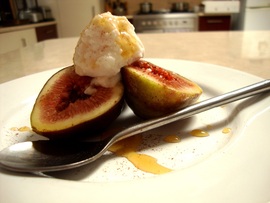 Enough talk... time for action! Makes 1 L 2 cups of drinking coconut meat (About 3 or 4 young, green coconuts) 1 packet Kefir probiotic culture (available from health food stores) 2 cups coconut cream A pinch of celtic sea salt 1. Scrape out the meat of your drinking coconuts, and place in a blender or food processor. 2. Blend continuously for as long as it takes to get a smooth paste using a little of the coconut cream to get it going. 3. Scrape this into a 1 litre measuring jug. 1 packet of kefir makes 1 litre of finished product so fill the remaining volume up with coconut cream. If it's not 1 litre add coconut water or more coconut cream. 4. Next add the packet of kefir and mix it in very well with a plastic or wooden spoon and place the mixture in two 1 litre glass jars as the mixture will to expand by about 1/3. Keep the jars tightly sealed with lids. 5. Keep the jars out of the fridge (perhaps in the pantry) to ferment, for about 8 hours. You can do this in the morning to have a nice afternoon snack or in the evening to have it ready for the morning. Keep your kefir at room temperature - around 20-25 degrees Celsius is optimum. The hotter the weather the quicker the beneficial cultures multiply so keep an eye on it if it's a hot day. 6. Once it's fermented (it should smell slightly acidic and bubble up) put it in the fridge to stop the fermenting process... or you'll be sorry! If you want to make more you can use 1 cup of the same mixture and repeat the process 5 times in total from the original batch.The initial effort is worth it for the wonderful feeling this food leaves in your tummy and the digestive and immune-boosting benefits of this long-lost superfood! Kefir IdeasIf you like to play with food, add a little honey and cinnamon or vanilla beans before eating. Serve with sliced fresh figs and a drizzle of honey or agave (see photo above!) Make a passionfruit honey kefir for porridge or fruit salad. Add coriander, mint, lemon juice and honey for a tangy accompaniment for your dhal or make a tzatziki for chick pea rissoles. What else can you think of? The possibilites are endless!
|
CategoriesPOPULAR POSTSARCHIVES
March 2024
MORE CATEGORIES
All
|
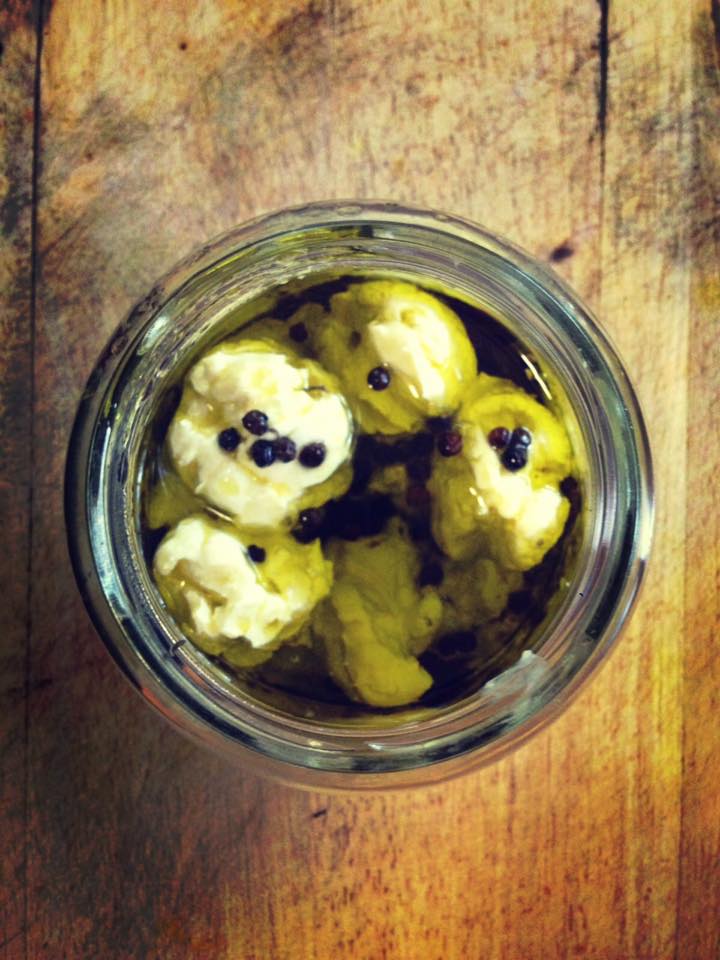
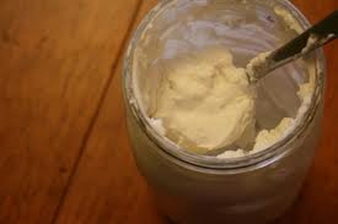







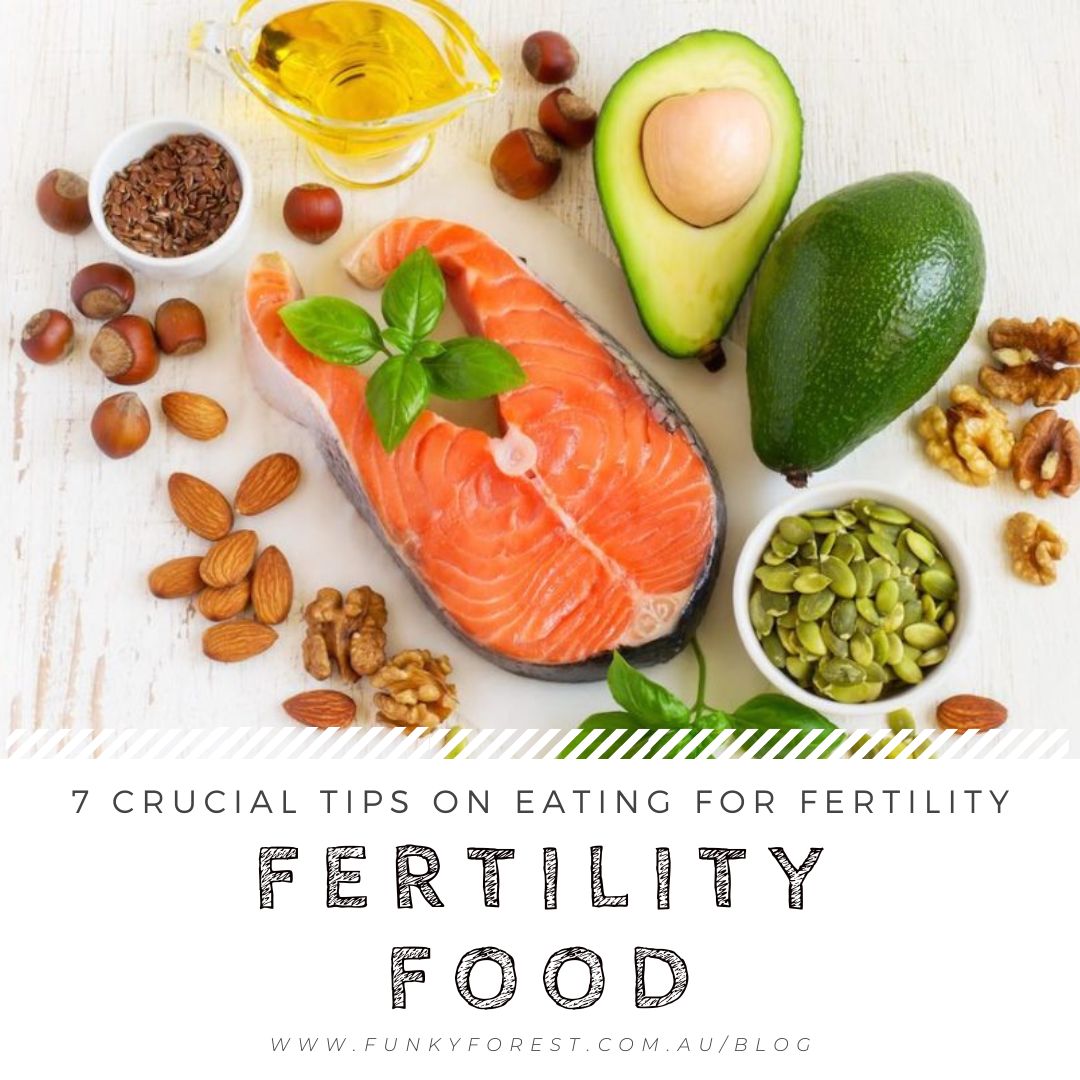

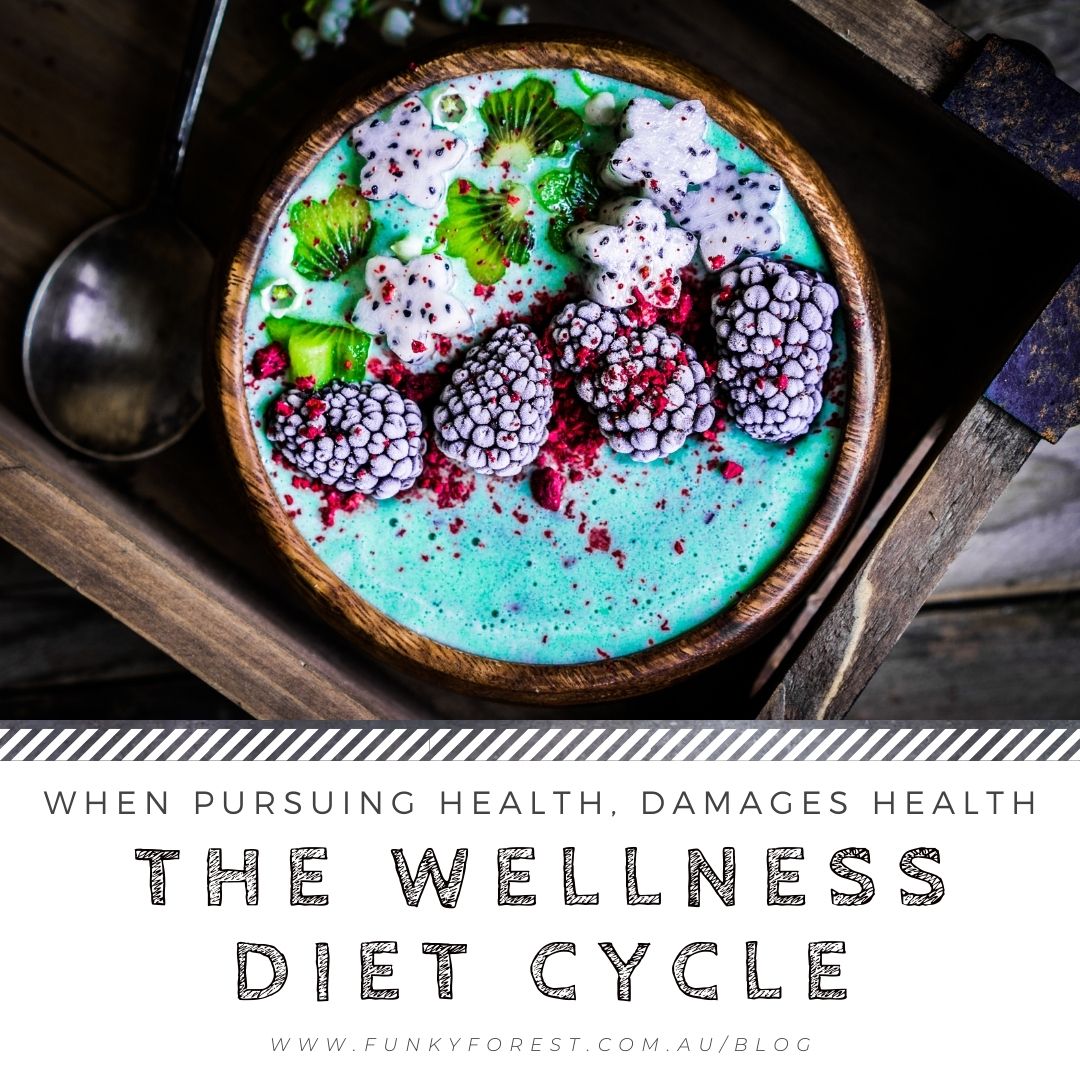
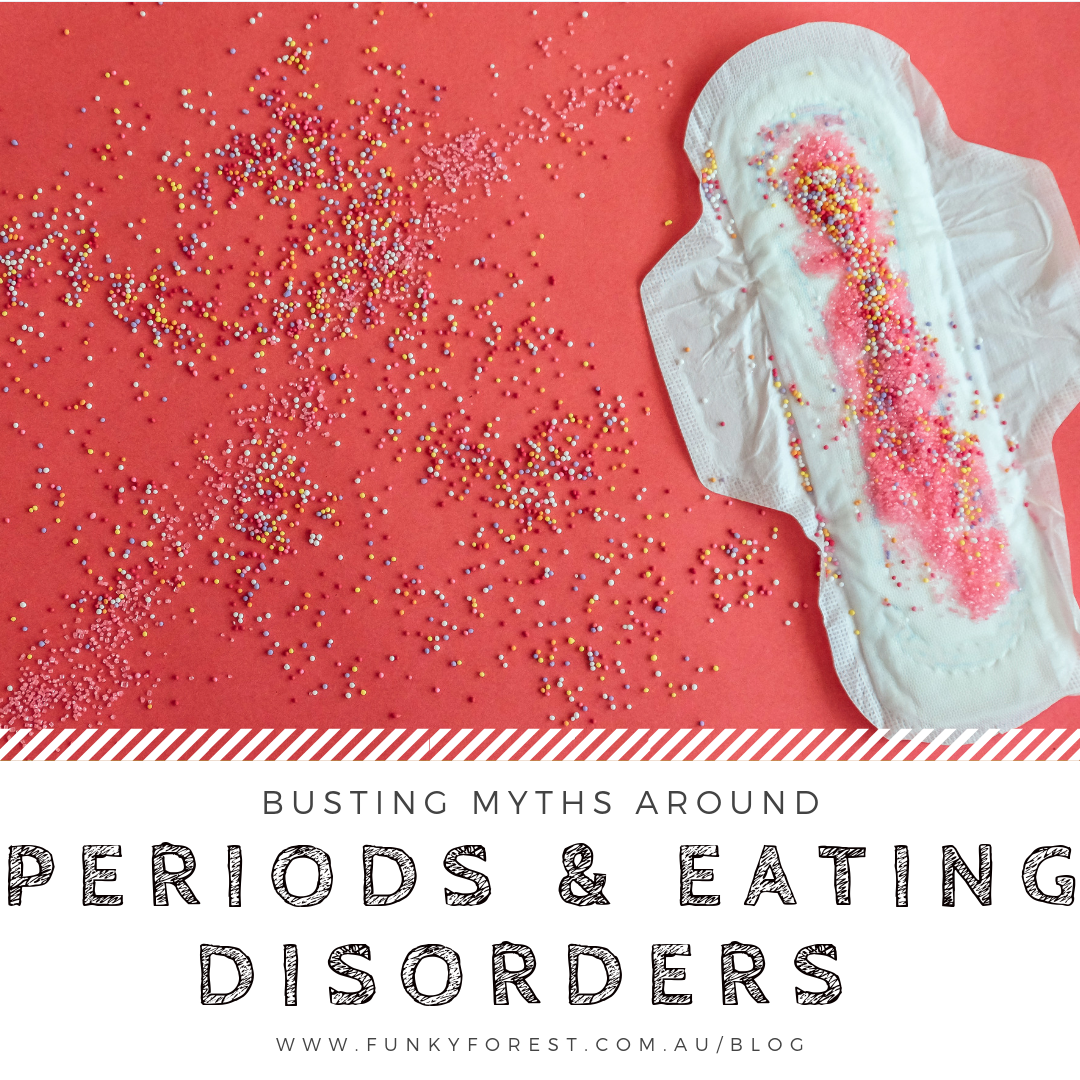






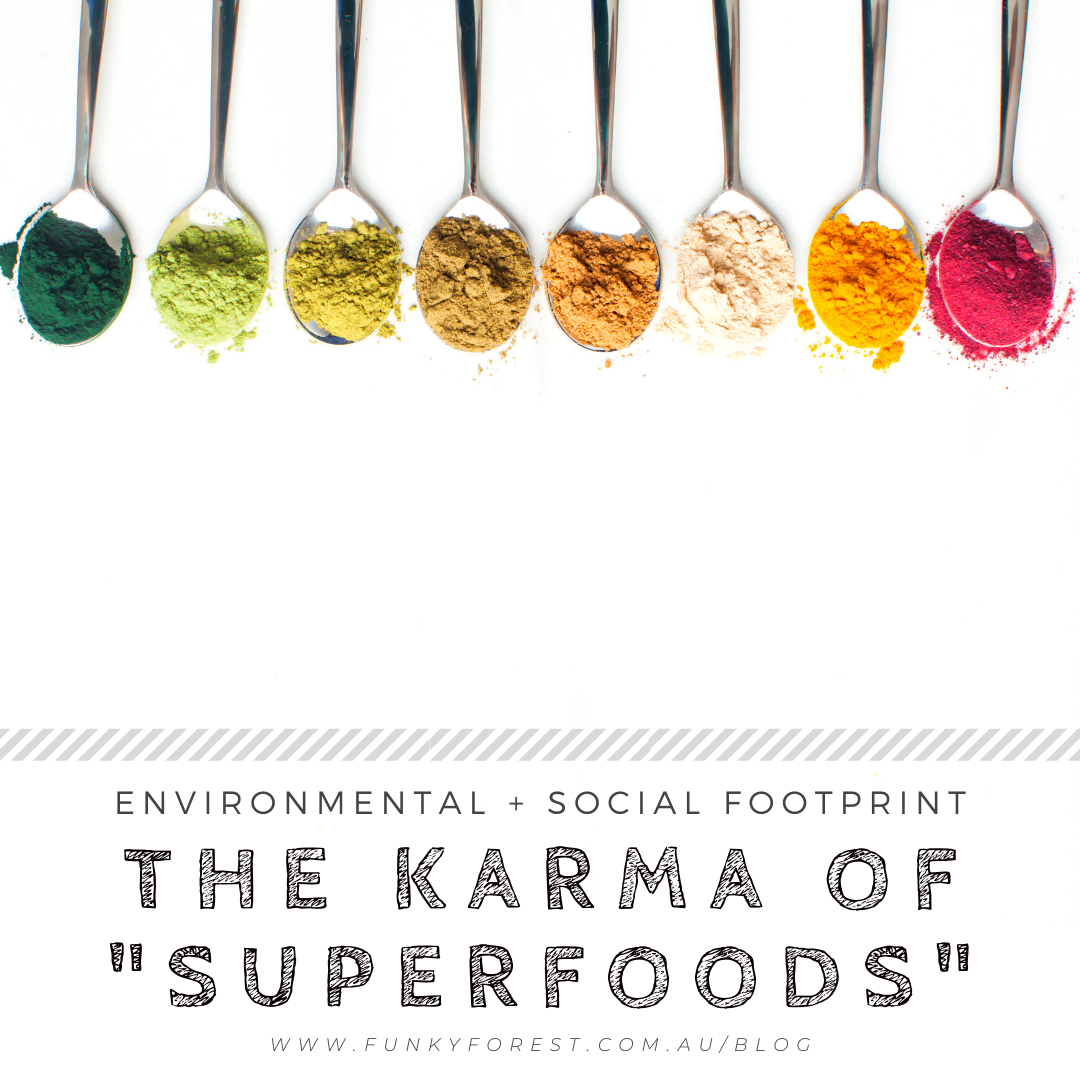


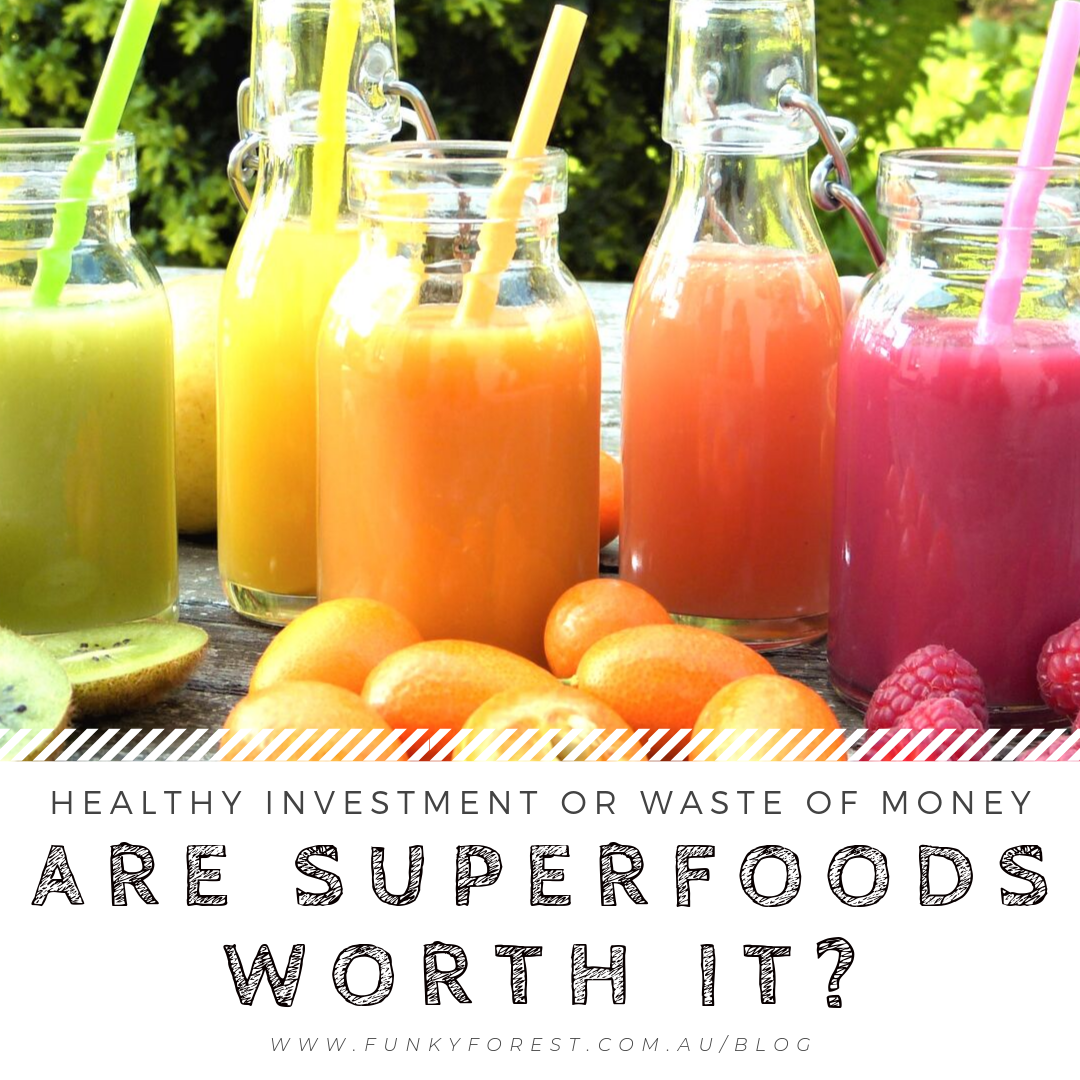


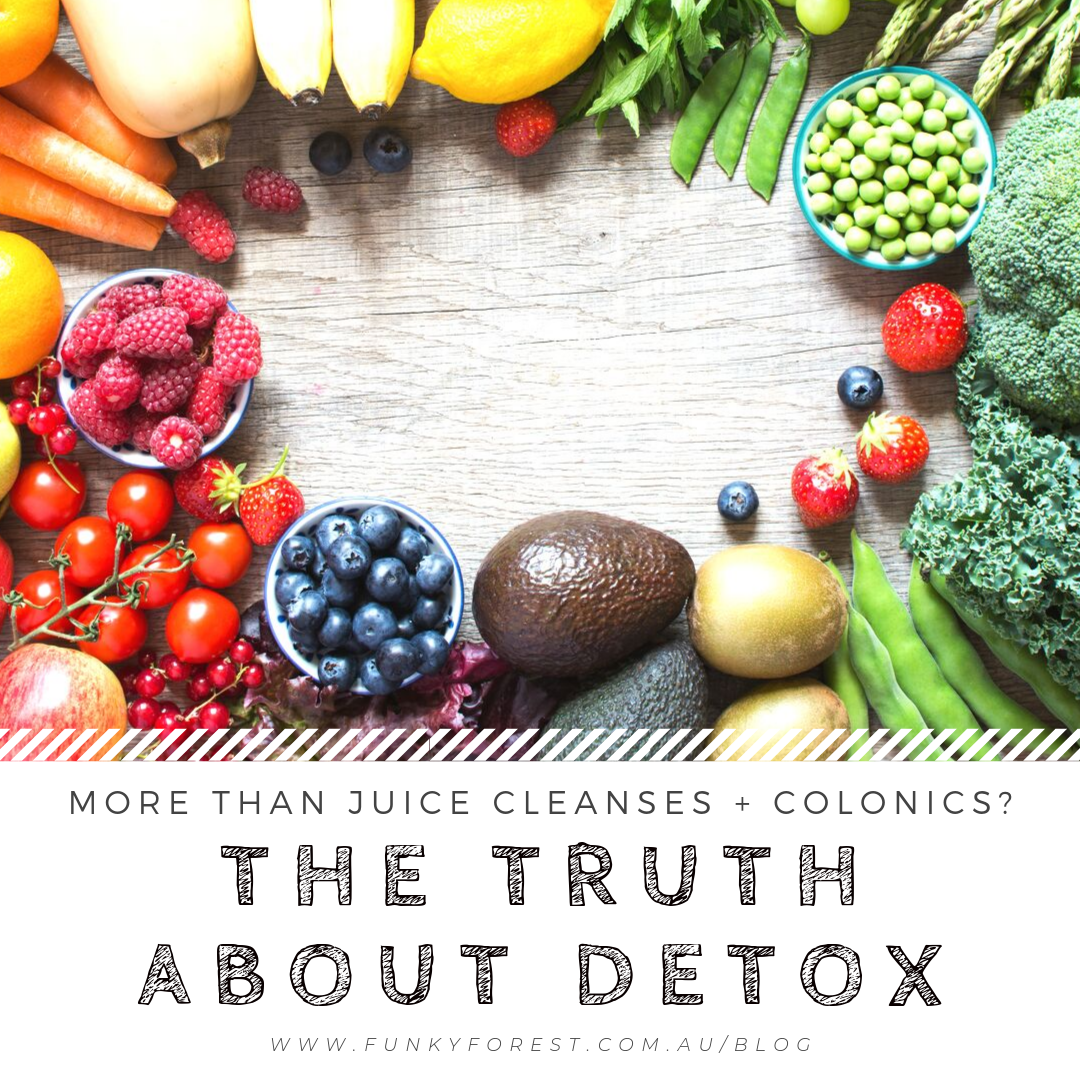
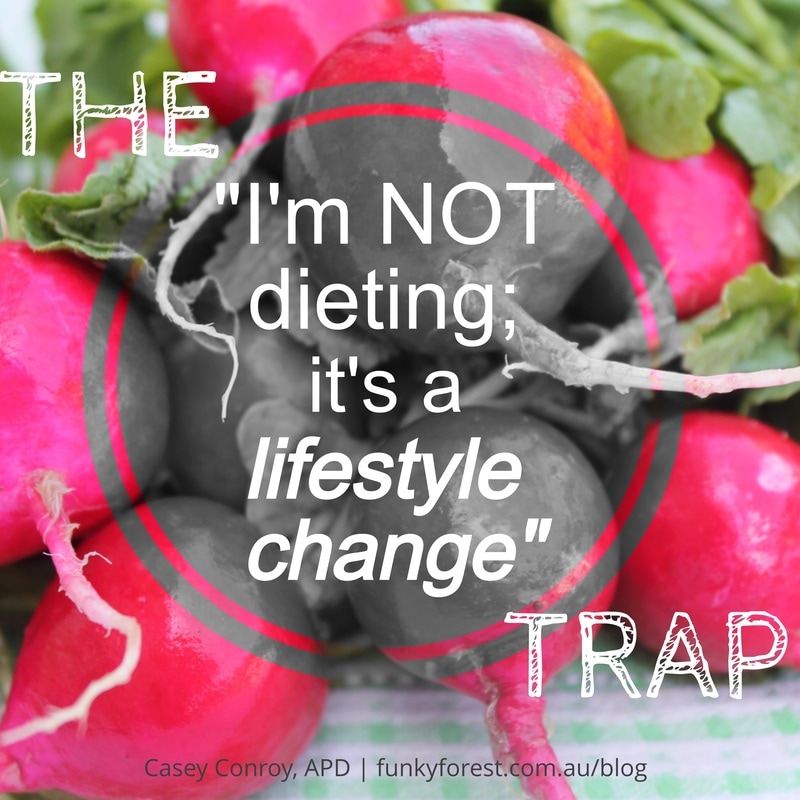








 RSS Feed
RSS Feed



